Beijing-Tianjin-Hebei govts to cooperate on emissions control
Updated: 2015-12-04 07:46
By ZHENG JINRAN(China Daily)
|
||||||||
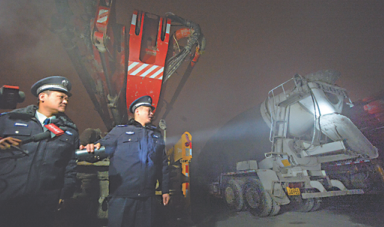 |
|
Environmental officials ensure production is suspended at a concrete mixing plant in Tongzhou district in Beijing on Monday as the city suffered from severe pollution. LIU CHANG/CHINA DAILY |
The heavily polluted cluster of Beijing, Tianjin and Hebei province signed a cooperation framework on Thursday to control air, water and soil pollution, marking a breakthrough in regional integration, according to a statement released by the Beijing Municipal Environmental Protection Bureau.
The move set up a new joint coordination system to curb serious smog, and included a plan to create the first unified regulation on the control and prevention of environmental pollution in the region as a whole-including plans for the management of industries likely to affect air, water, soil and solid waste, said Li Lixin, head of the bureau's regional cooperation department.
In addition, the trilateral region will develop standards for emissions. Beijing currently has stricter standards than Hebei and Tianjin for emissions in major polluting industries and for vehicle exhaust.
The three will also conduct joint monitoring and inspections and share information on an environmental monitoring network, Li said.
Beijing, Tianjin and Hebei province have faced severe air pollution since 2013. The recent spell of smog that settled in to the region last week underlined the governments' need to take action quickly.
Half of the air pollutants in Beijing come from neighboring cities, Liu Hongli, associate researcher at the Chinese Academy of Meteorological Sciences, said on Thursday. Without effective regional control, it's hard to control the smog, he said.
In recent days, the capital saw the concentration of PM2.5 go off the air index charts, exceeding 945 micrograms per cubic meter on Sunday. The national safety level for PM2.5-particulate matter with a diameter less than 2.5 microns that poses health hazards to humans-is 75 micrograms per cubic meter.
In December, the trilateral region is forecast to have another two spells of heavy haze because of windless weather, but not as hazardous as the recent one that lingered until Wednesday, the national weather authority said.
The first spell is expected on Tuesday and will likely last for three days before a new cold front will again bring wind to North China, Liu said.
He added that a second spell of smog might come between Dec 14 and 16, covering a vast region of northern China.
Xue Jianjun, senior engineer at the National Meteorological Center, said the two spells of smog will occur between intervals of wind, and the southern cities in the region may experience severe smog.
Polluters to pay for damage
China will start a compensation system for ecological damage in some pilot provinces by the end of this year, with a view toward expanding it to the whole country in 2018 if successful.
The State Council published the pilot plan, the first national regulation of its kind, on Thursday, saying the system will be tried and improved as needed.
Provincial governments can ask for compensation when natural resources within their jurisdictions have been damaged. Companies, organizations or individuals responsible for the pollution will bear the burden of compensation.
Pollution caused by the mistakes of decision-makers in governments will be excluded.
Under the plan, compensation would cover the costs of environmental remediation and any economic losses arising from the cleanup process itself or any permanent losses.
Financial institutions such as banks will also be the targets of compensation if they give polluters loans knowing the risks of ecological damage.
The pilot plan also out-lines a process for governments to file lawsuits, make assessment reports and create rules to strengthen management after receiving compensation.
- Locals have tradition of drying foods during harvest season
- Beijing-Tianjin-Hebei govts to cooperate on emissions control
- Web promotion of prostitution to be targeted
- Two more spells of smog predicted to sweep North China
- Glass bridge in grand canyon of Zhangjiajie under construction
- Road rage cases pose huge safety challenge

 Gunmen go on a killing spree in Southern California
Gunmen go on a killing spree in Southern California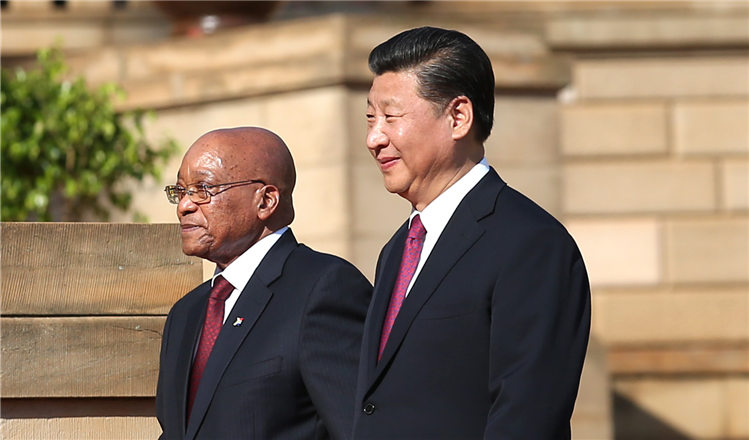
 Chinese, South African presidents hold talks to cement partnership
Chinese, South African presidents hold talks to cement partnership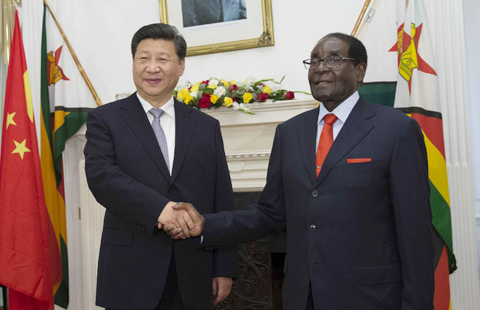
 China, Zimbabwe agree to boost cooperation
China, Zimbabwe agree to boost cooperation
 First lady visits Africa's 'new window' on China
First lady visits Africa's 'new window' on China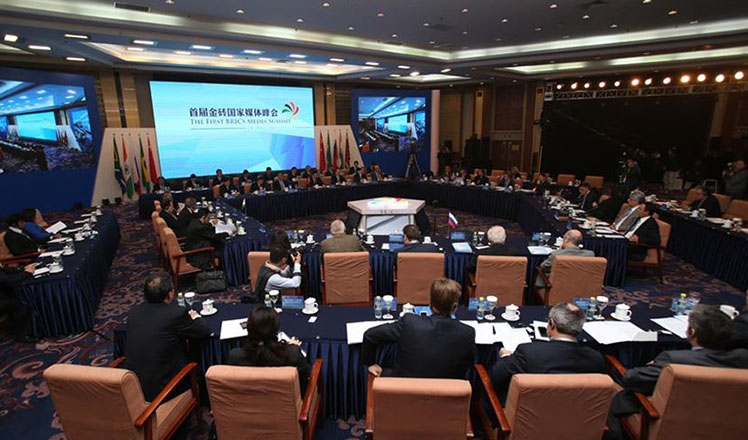
 BRICS media leaders to secure louder global voice
BRICS media leaders to secure louder global voice
 Western science in the eyes of Chinese emperors
Western science in the eyes of Chinese emperors
 Top 10 smartphone vendors with highest shipments in Q3 2015
Top 10 smartphone vendors with highest shipments in Q3 2015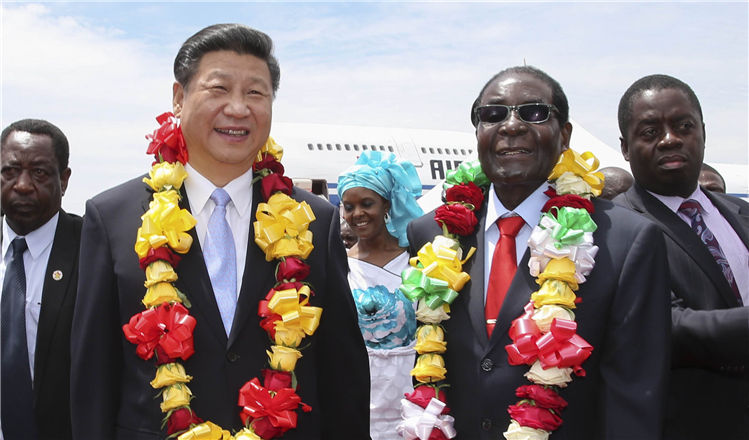
 A deepening friendship
A deepening friendship
Most Viewed
Editor's Picks

|

|

|

|

|

|
Today's Top News
Shooting rampage at US social services agency leaves 14 dead
Chinese bargain hunters are changing the retail game
Chinese president arrives in Turkey for G20 summit
Islamic State claims responsibility for Paris attacks
Obama, Netanyahu at White House seek to mend US-Israel ties
China, not Canada, is top US trade partner
Tu first Chinese to win Nobel Prize in Medicine
Huntsman says Sino-US relationship needs common goals
US Weekly

|

|







